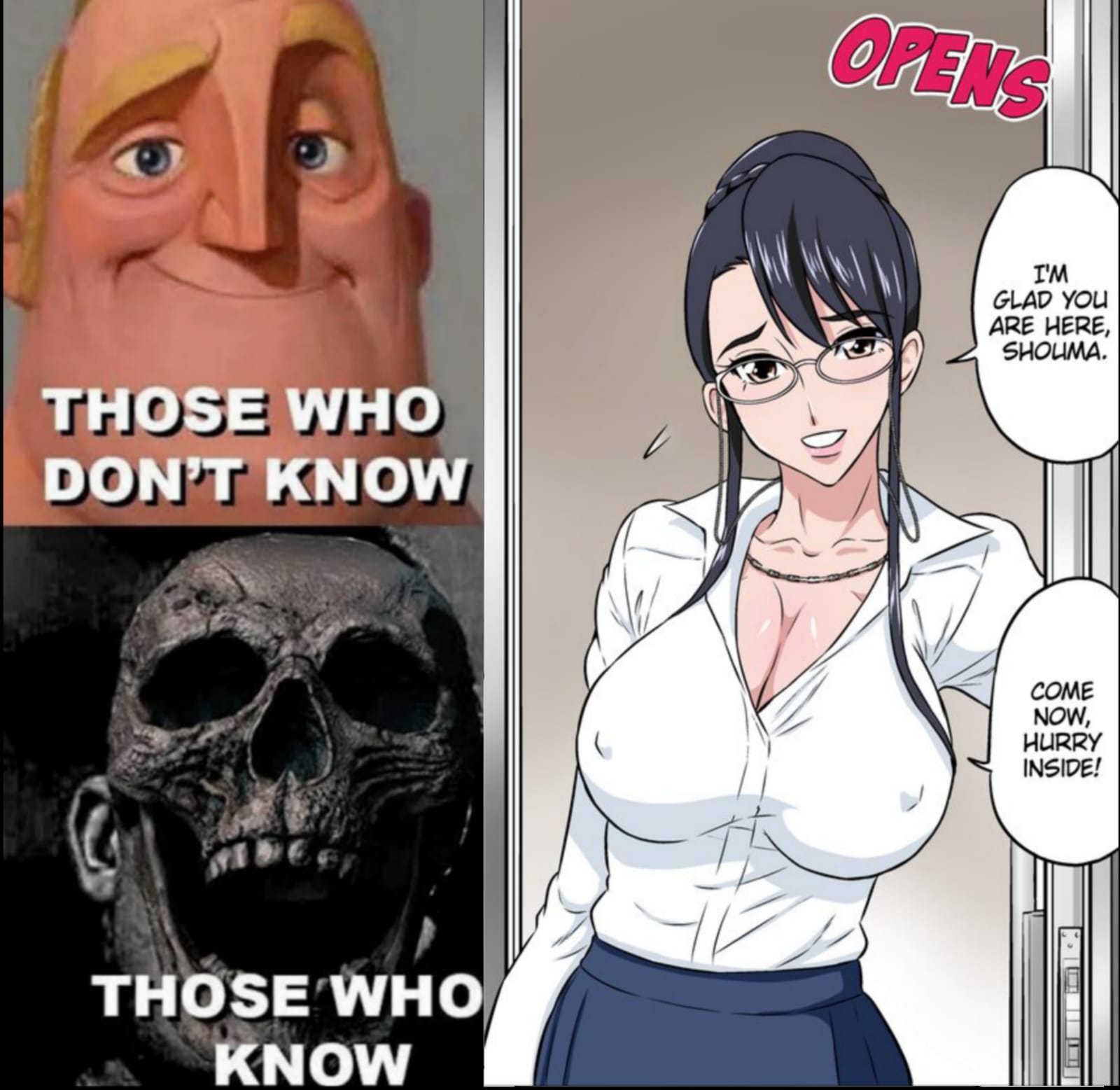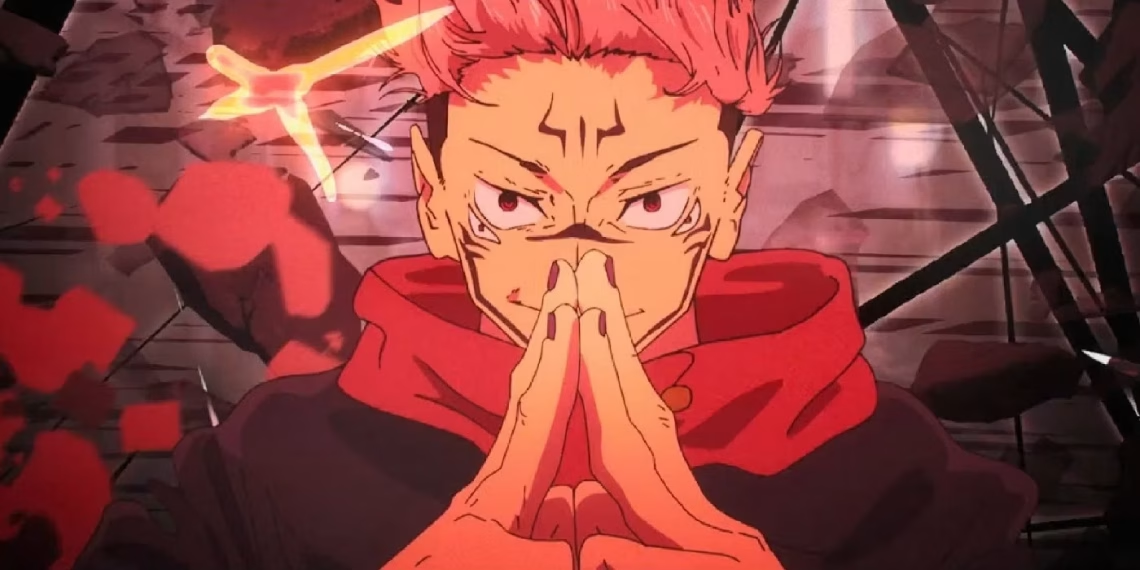Villains aren’t just bad guys lurking in the shadows of heroes; they’re vital ingredients in storytelling. Think of them as the spice that adds flavor to the hero’s journey. They’re the ones who push our protagonists to their limits, testing their strength, resolve, and even their morals.
But here’s the kicker: villains aren’t just there to cause trouble. They often embody the very core of the series they inhabit, serving as mirrors to the themes and messages the creators want to convey.
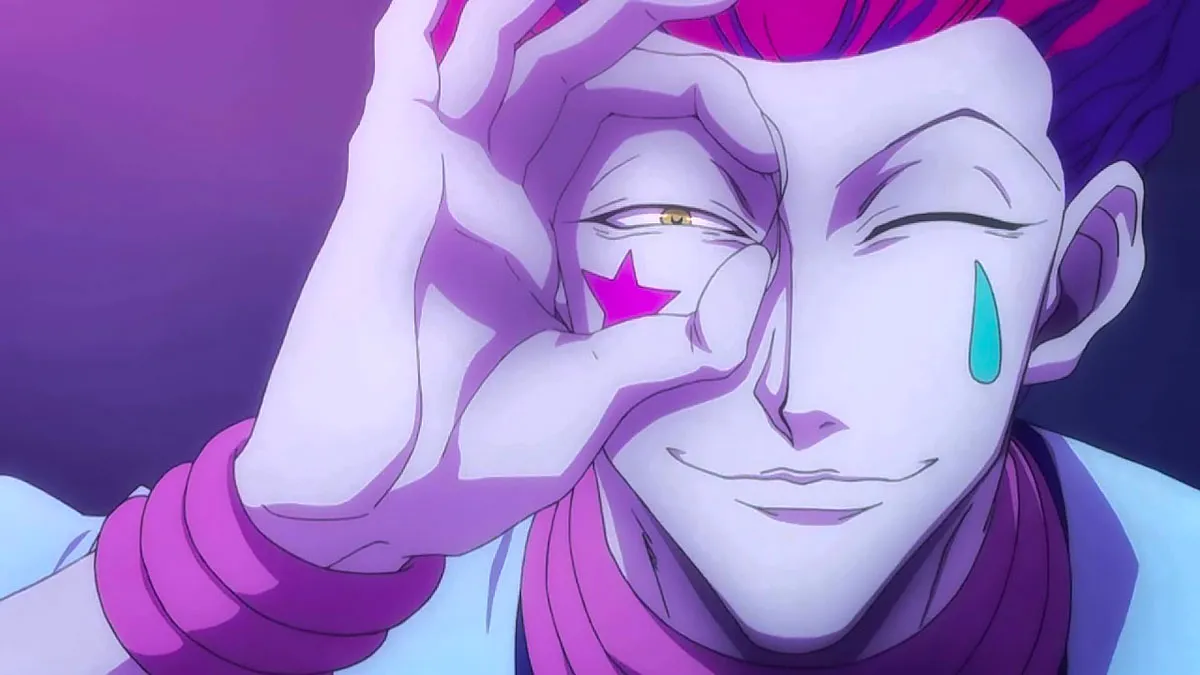
Anime, with its penchant for coming-of-age tales covered in action-packed adventures, knows how to craft memorable villains that leave a lasting impact.
These antagonists aren’t just one-dimensional evildoers; they’re complex characters with their own motivations and ideologies. And sometimes, despite their villainy, they garner their own share of admiration from fans.
So, if you’re new to the anime scene or simply haven’t caught up on these shows yet, consider this your spoiler warning. Experience the thrill of the hero’s journey and encounter some of the most iconic villains anime has to offer. Trust me, it’s a ride you won’t want to miss.
Shou Tucker
In an alternate universe where Fullmetal Alchemist and Yu Yu Hakusho intersected, Shou Tucker could have potentially resonated with Shinobu Sensui’s disillusionment with humanity. Despite not being the central antagonist of Fullmetal Alchemist, Tucker remains infamous within the series due to one unforgivable act.
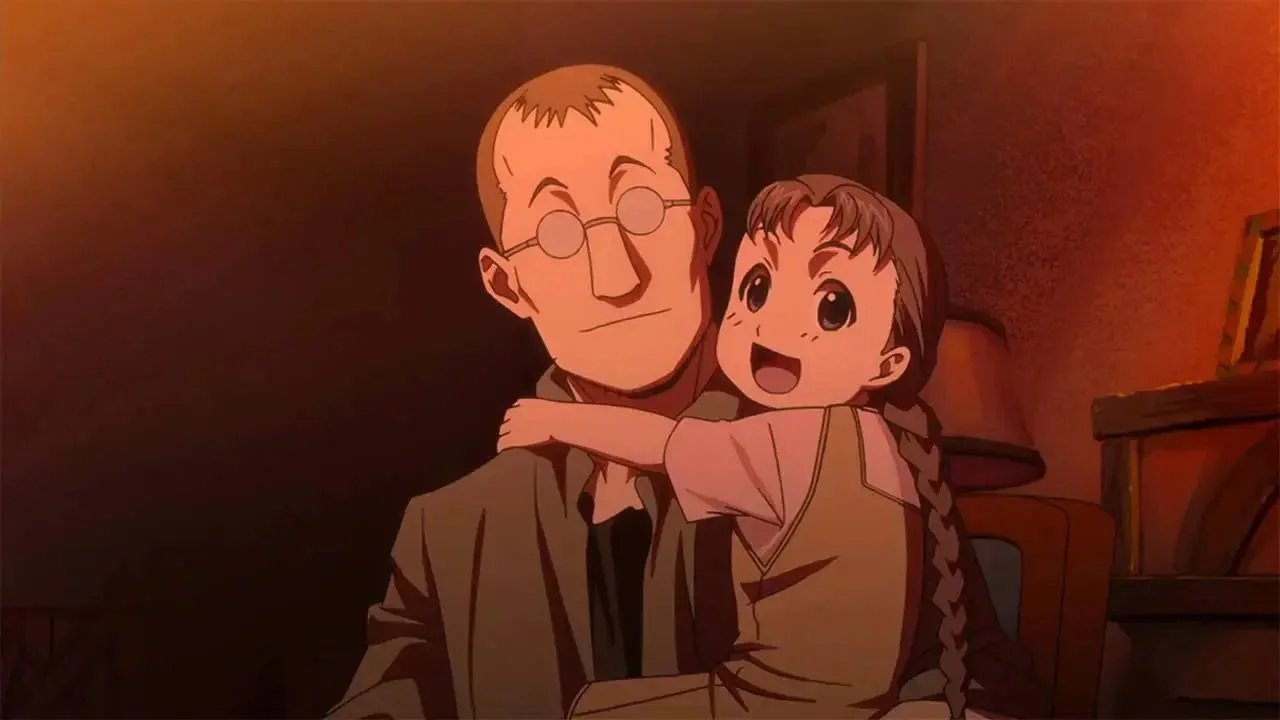
When the Elric brothers encounter Tucker, he initially appears as a genial, scholarly alchemist residing with his daughter Nina, collaborating with the state on chimera hybrid alchemy research.
Johan Liebert
Johan Liebert reigns supreme as a chilling embodiment of malevolence. Born from the depths of a clandestine eugenics program, Johan’s twisted psyche and charismatic facade make him a truly haunting antagonist, leaving an indelible mark on the annals of anime history as a figure of unparalleled darkness and complexity.
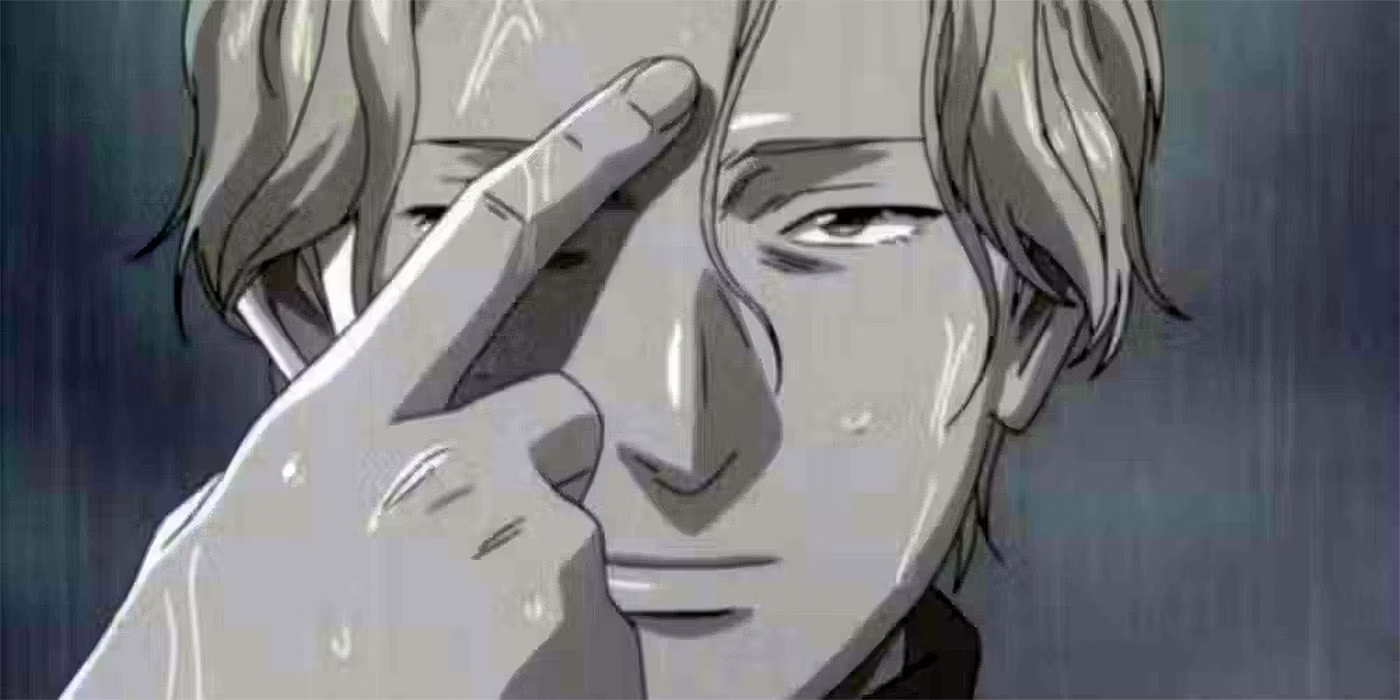
Johan Liebert isn’t just a villain; he’s a force of nature—an embodiment of evil that transcends mere human comprehension. His presence looms large, leaving a trail of destruction and despair in his wake.
Griffith
Griffith embodies a fusion of Robert Greene’s strategic cunning and Ayn Rand’s individualistic fervor, crafting a character of mesmerizing allure and ambition. Rising from humble origins to become the charismatic leader of the Band of the Hawk, Griffith’s unparalleled beauty and tactical brilliance earn him both adoration and fear.
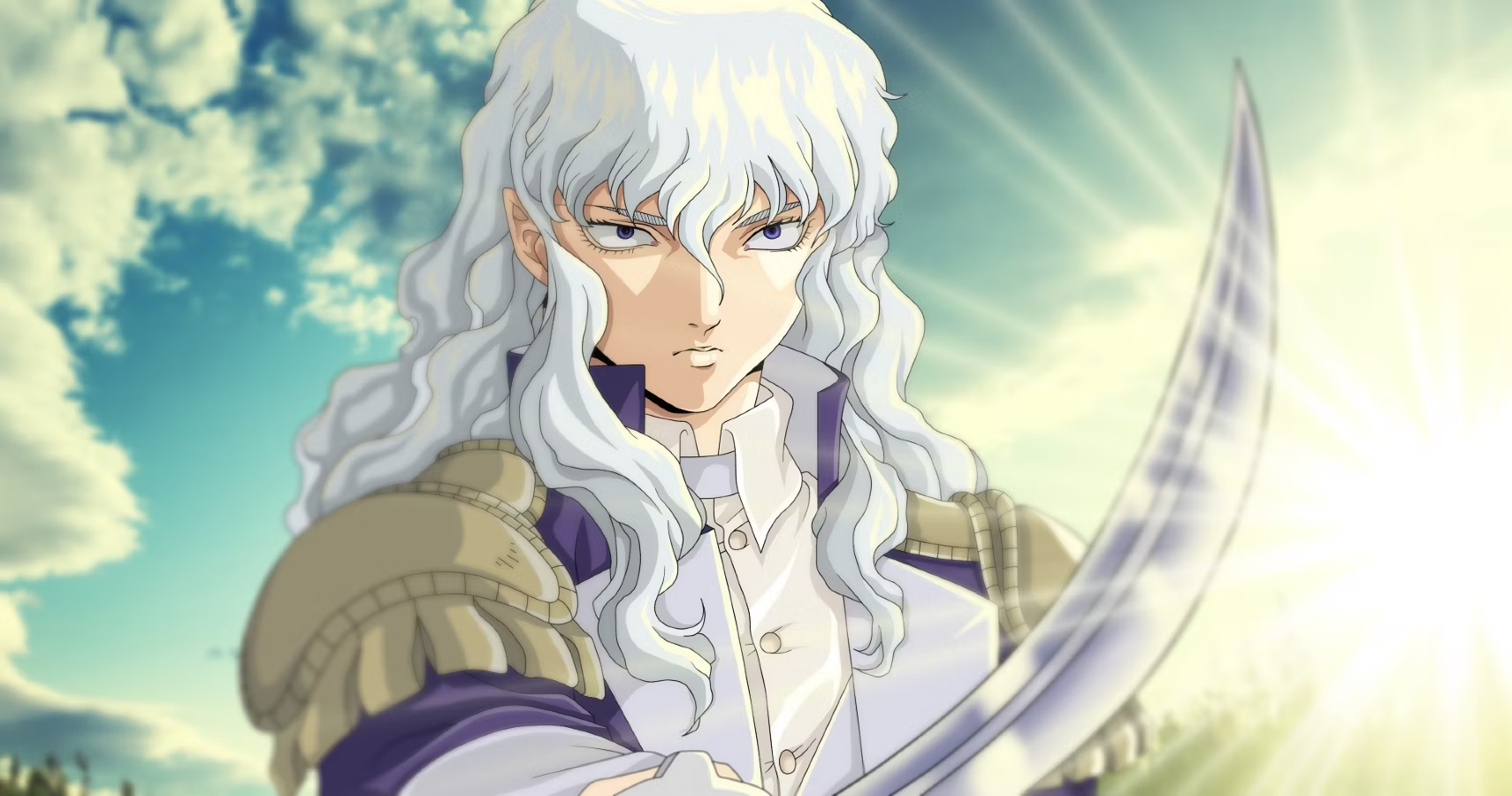
His ultimate goal: to ascend the throne of Midland and reshape the kingdom according to his vision.
However, Griffith’s destiny is intertwined with a darker truth—he is but a pawn in the machinations of the God Hand, ancient entities manipulating him towards their own inscrutable ends, revealing a tragic twist to his grand aspirations.
Gendo Ikari
The phrase “Gendo Ikari did nothing wrong” may have become a meme within the Evangelion fandom, but it’s important to recognize its disturbing implications. Contrary to this flippant assertion, Gendo Ikari’s actions are far from innocuous.
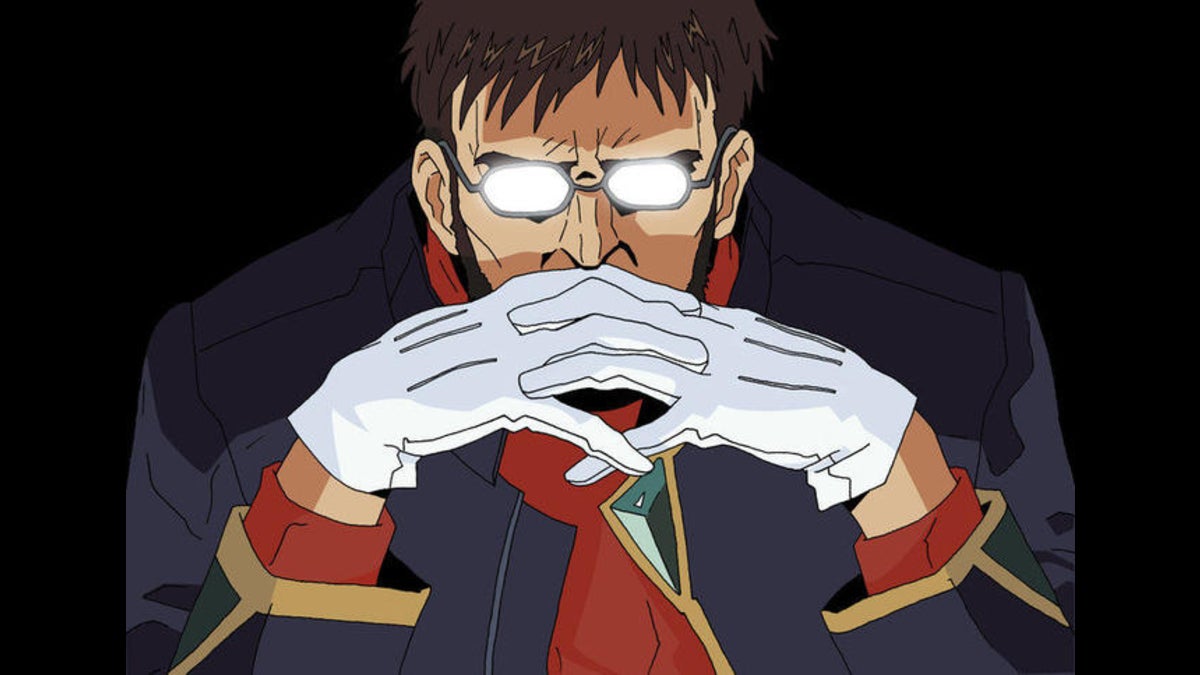
As a key player in the premature initiation of the biblical apocalypse, Gendo’s decisions led to catastrophic consequences, including the loss of countless lives and the resurgence of the Angels.
With full awareness of the consequences of his actions, Gendo’s complicity in triggering such devastation cannot be understated. It’s crucial to confront the reality of his wrongdoing rather than trivialize it with meme culture.
The Major
While it may seem obvious to include a literal Nazi among anime’s rogues gallery, Hellsing’s Major earns his place through sheer malevolence. Once a lieutenant of the SS, handpicked by Hitler himself to lead an occult experiment, the Major’s quest for power led him to create super-powered vampire soldiers during World War II.
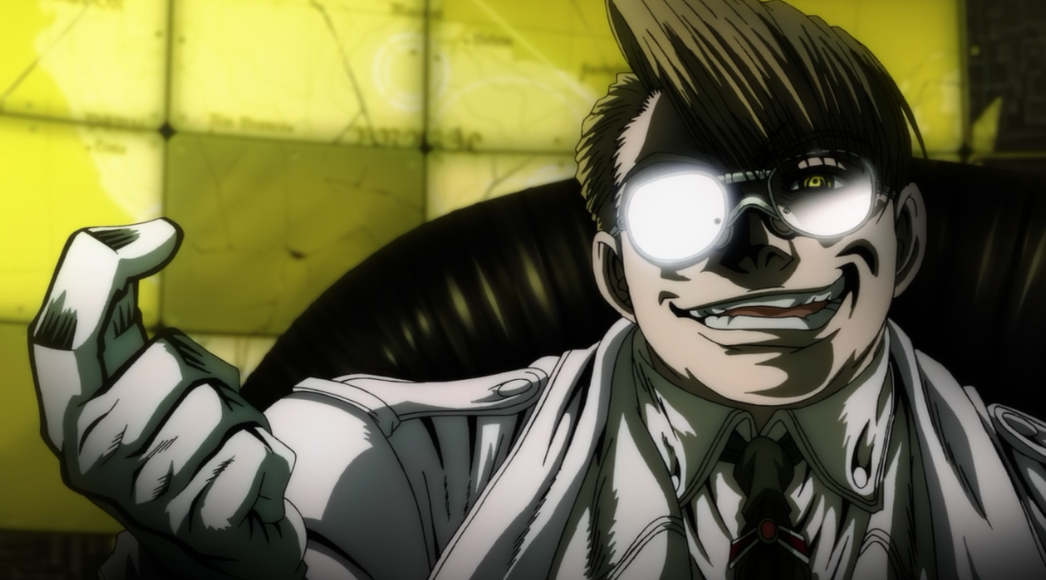
Foiled by Alucard and Walter Dornez, he fled to Argentina to continue his twisted research. Emerging decades later as the leader of Millennium, a clandestine fascist organization, the Major’s ambitions extend beyond Hitler’s dreams of a Thousand Year Reich.
His sole obsession is perpetual conflict, risking countless lives—including his own—in pursuit of chaos. Despite his impassioned rhetoric, the Major’s loyalty lies only to his deranged vision of eternal war.
Meruem
As the primary antagonist of Hunter x Hunter’s fifth arc, Meruem is a figure of profound complexity and menace. Born from the union of the Chimera Ant Queen and absorbing the traits of various species, Meruem emerges as the pinnacle of evolution—a being driven by an insatiable hunger for power and perfection.
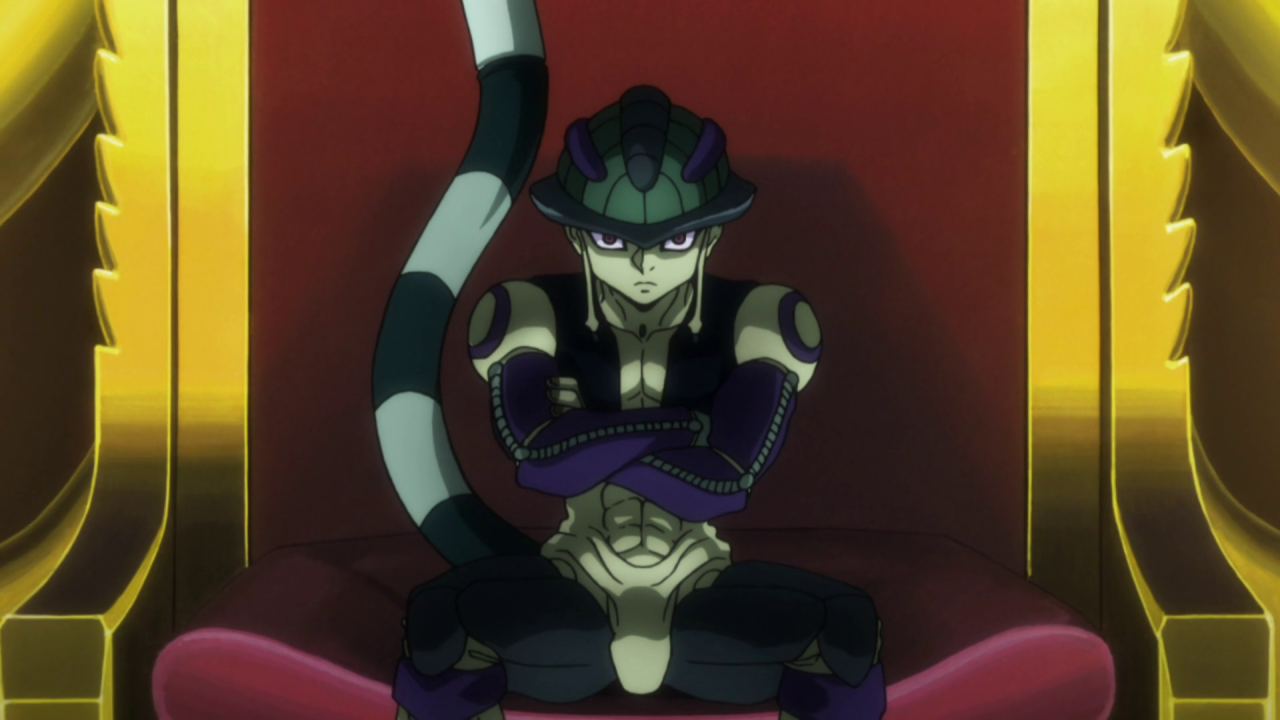
Like Dragon Ball Z’s Cell, he embodies the concept of an ultimate being, but with a far more unsettling and dynamic personality.
Initially characterized by vanity, ruthlessness, and sudden bursts of violence, Meruem commits countless atrocities in his quest for self-perfection, harnessing the life force of humans imbued with potent “Nen” energy.
Through these acts, he ascends to unparalleled levels of strength, cementing his status as one of the most formidable entities in Hunter x Hunter.
Kisaki Tetta
Kisaki Tetta emerges as the central antagonist in the gripping gang drama Tokyo Revengers. The series revolves around Takemichi Hanagaki’s desperate quest to alter fate and save his ex-girlfriend, Hinata, from a tragic demise orchestrated by the Tokyo Manji Gang.
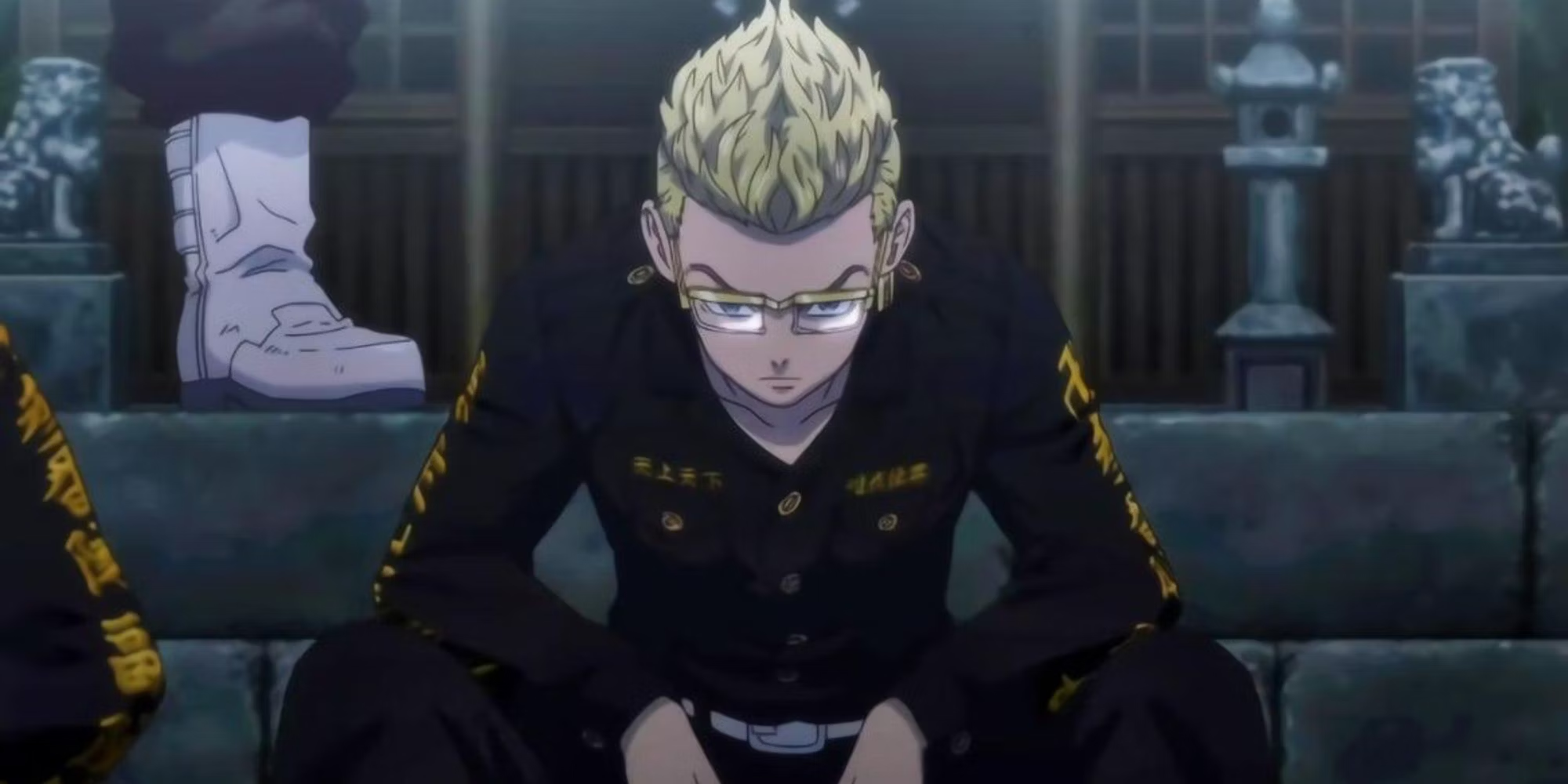
At the heart of this conflict lies Kisaki, whose cunning intellect compensates for his lack of physical prowess. Employing manipulation as his primary weapon, Kisaki masterminds a series of heinous acts, including the infamous Bloody Halloween and the repeated targeting of Hinata.
His sinister influence extends even to orchestrating the untimely demise of Emma, Mikey’s sister, setting the stage for a cataclysmic gang war. In the present timeline, Kisaki reigns supreme over Toman, exerting a pervasive influence that drives Mikey toward darkness.
As Takemichi confronts this formidable adversary, the battle for redemption and salvation reaches a fever pitch in the tumultuous streets of Tokyo.
Askeladd
Askeladd emerges as a formidable antagonist in the early stages of Vinland Saga, serving as the pirate bandit captain responsible for the tragic demise of Thorfinn’s father, Thors. Fuelled by a desire for a higher bounty, Askeladd’s ruthless nature knows no bounds as he orchestrates the murder of the revered Viking warrior.
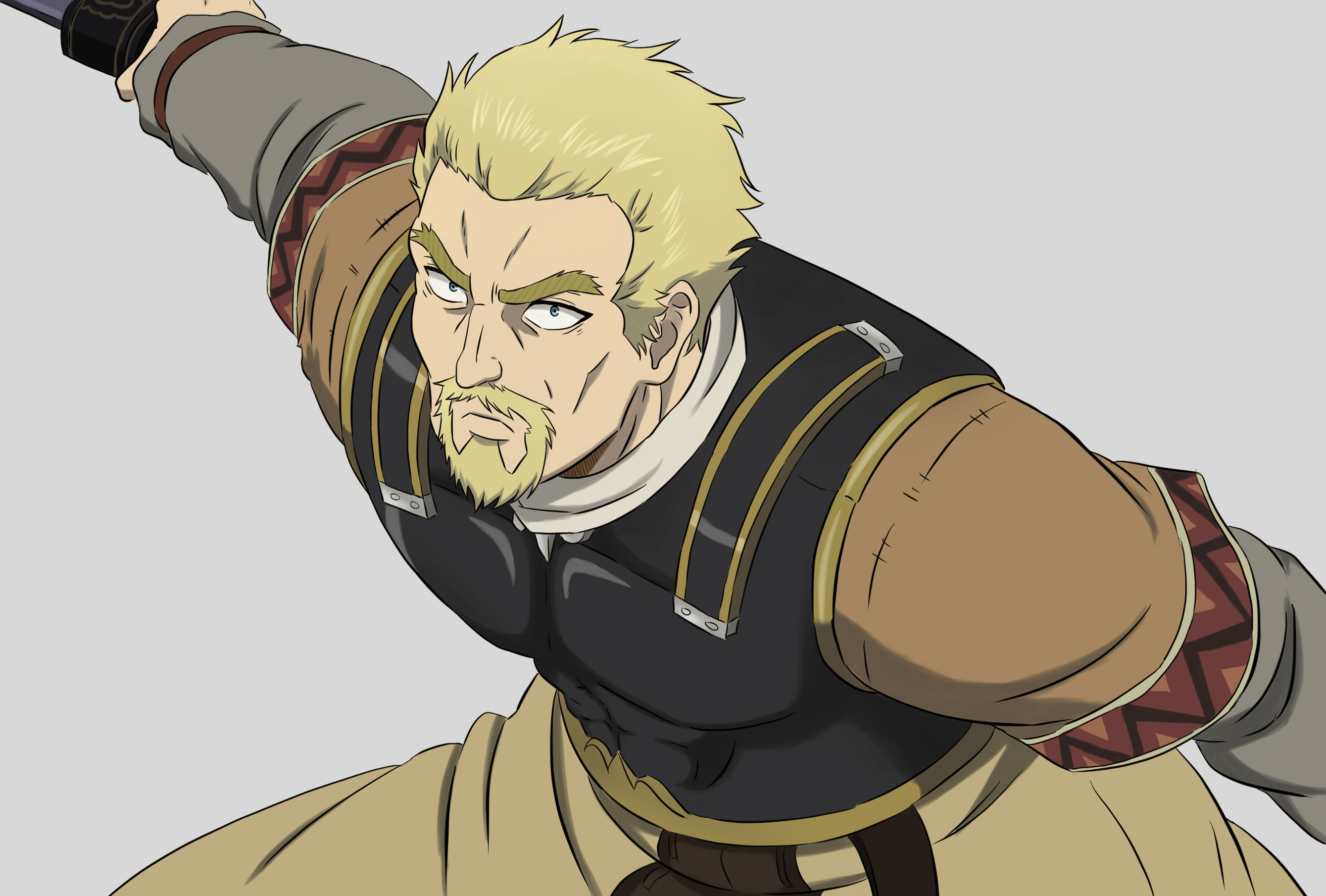
Thors, renowned for his wisdom and compassion, falls victim to Askeladd’s underhanded tactics, highlighting the captain’s propensity for cruelty and deception.
Thorfinn, driven by a thirst for vengeance, vows to confront Askeladd despite his youth and lack of battle experience, setting the stage for a gripping conflict between the two adversaries.
As the saga unfolds, the clash between Thorfinn and Askeladd becomes emblematic of the broader themes of revenge, honor, and the harsh realities of Viking society.
Pain
While not the central antagonist in Naruto, Pain remains one of the most formidable and memorable adversaries in the series. Formerly known as Nagato and a disciple of the legendary Jiraiya, Pain rises to prominence as the leader of the Akatsuki, a notorious criminal organization seeking to capture the tailed beasts.

Originally founded with his friends Konan and Yahiko, Pain’s transformation into a ruthless figure stems from Yahiko’s tragic death, attributed to the actions of the ninja villages.
Adopting the moniker “Pain,” Nagato harnesses his formidable powers to create the Six Paths of Pain, controlling deceased bodies to execute his will and enforce his vision of peace through power.
In Naruto’s story, Pain’s complex backstory and formidable abilities cement his status as a memorable and impactful antagonist, challenging the series’ protagonists on both a physical and philosophical level.
Light Yagami
In Death Note, Light Yagami’s journey from protagonist to antagonist is a journey of intellect and morality. Initially portrayed as a clear-minded and intelligent individual, Light’s transformation into a manipulative and conceited villain unfolds gradually throughout the series.
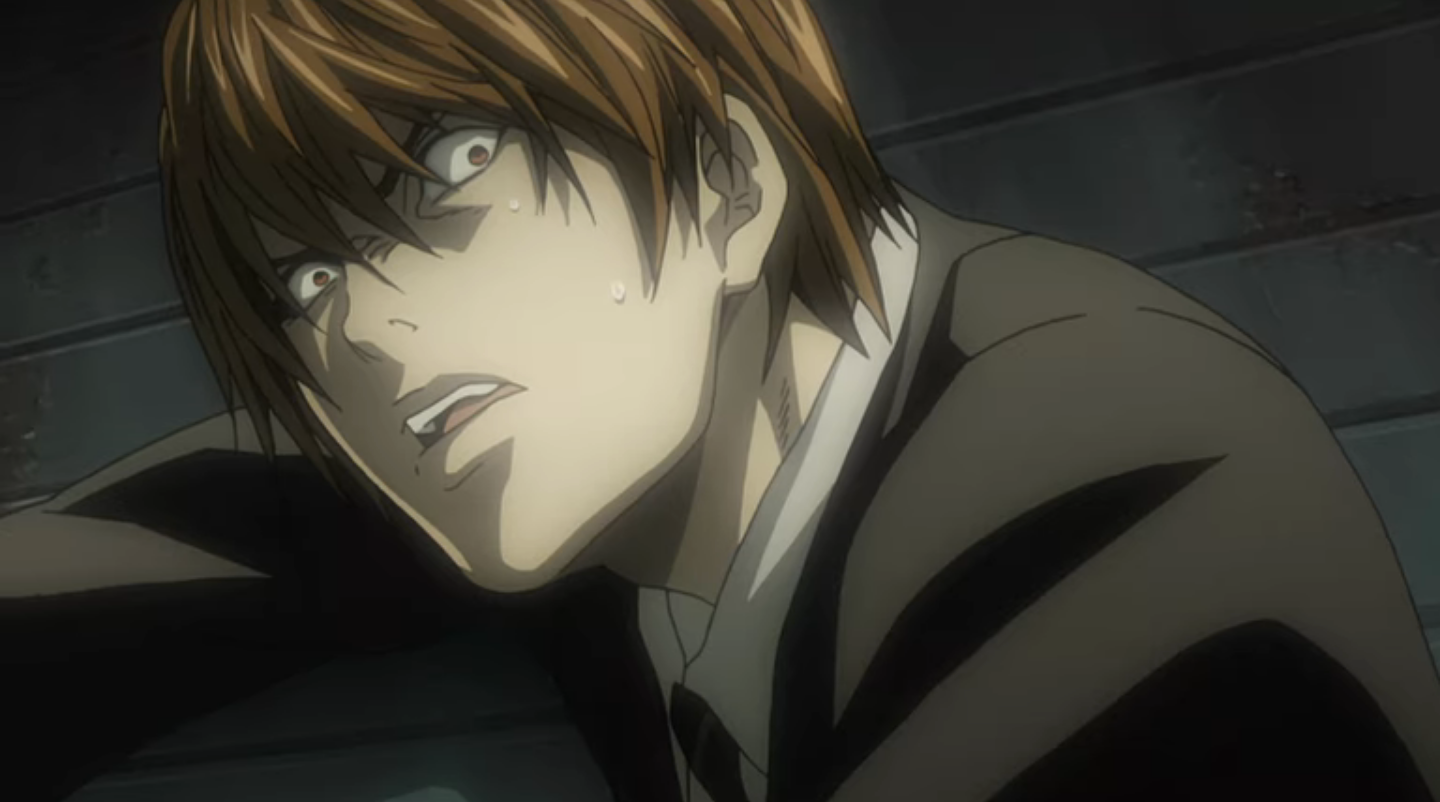
Evading suspicion while working closely with his father, the chief of police, and the renowned detective L, Light’s ability to manipulate others like Misa Amane and Teru Mikami ensures he remains hidden in the shadows, orchestrating events from behind the scenes.
Through Light’s character arc, Death Note digs deep into the complexities of power, morality, and the consequences of unchecked ambition.
Crocodile
As the inaugural major adversary in One Piece, Crocodile emerges as one of the series’ most memorable villains. In the Alabasta arc spanning approximately a hundred episodes, Crocodile presents a formidable challenge to protagonist Luffy, defying the notion of his invincibility.

Despite not being the toughest foe in One Piece, Crocodile’s impact is indelible due to his corrupted nature and former status as a warlord, among the most potent beings in the One Piece universe. His presence leaves an enduring mark on the audience, setting the stage for epic confrontations and adventures to come in One Piece.
Frieza
Frieza stands as an unparalleled icon of villainy in anime, notorious for his ruthless genocide against numerous species, including Goku’s own Saiyan race.
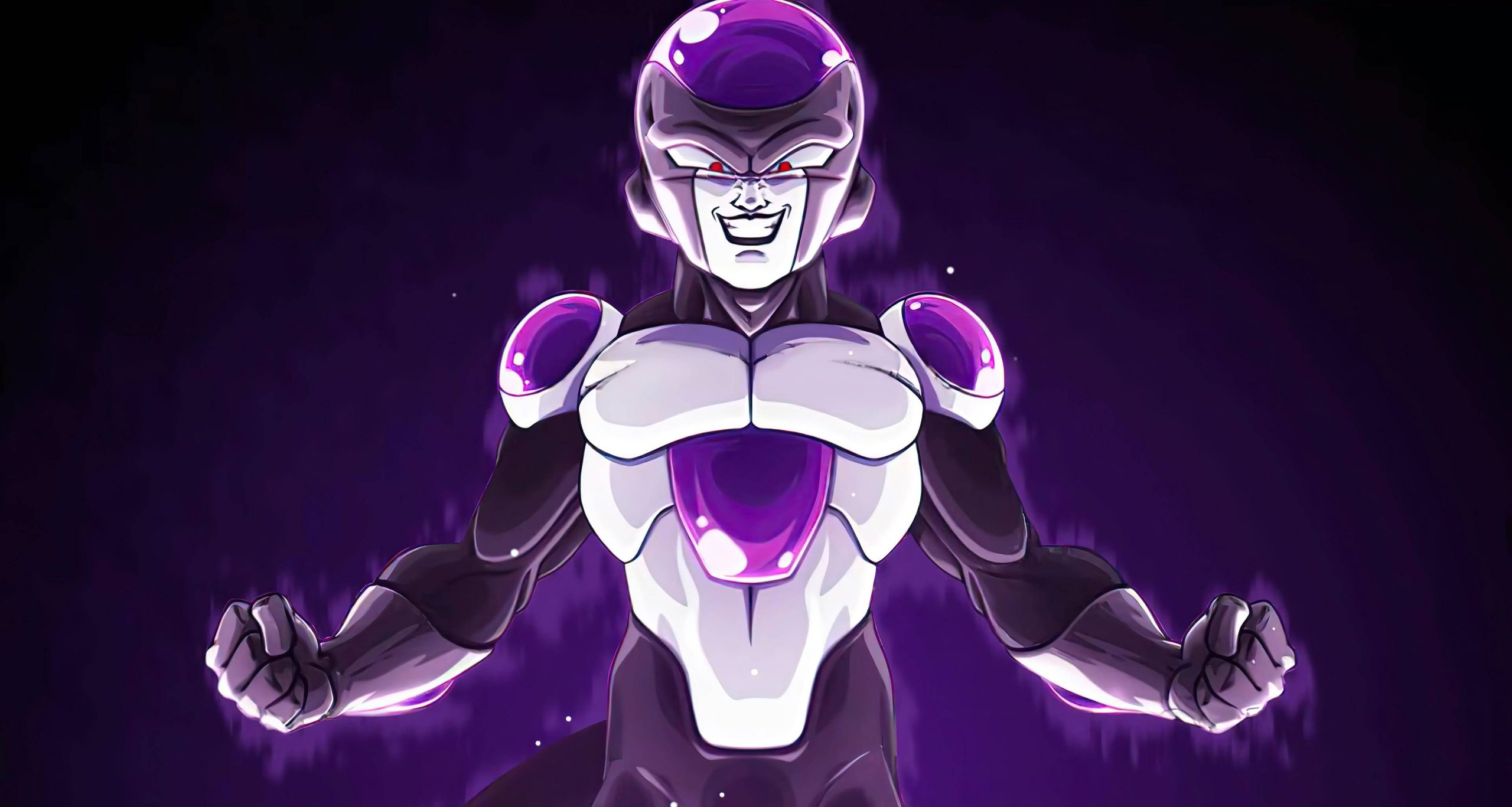
As one of Goku’s earliest and most formidable foes in Dragon Ball Z, Frieza’s malevolent presence pushed Goku to unlock his latent Saiyan powers, marking a pivotal moment in the series.
While initially defeated, Frieza’s return in Dragon Ball Super showcased his enduring menace, with the same genocidal tendencies and killer instincts intact. Even in the latest Broly film, Dragon Ball Super: Broly, Frieza’s manipulation of the titular character underscores his enduring role as one of anime’s most sinister antagonists.
Isabella
In The Promised Neverland, Isabella emerges as a formidable and psychologically intense antagonist. Known as ‘Mom,’ she oversees the Grace Field House orphanage with a facade of kindness and care. However, beneath this veneer lies a master manipulator who grooms children for a sinister fate—slaughtering demons.

Isabella’s psychological intimidation and abuse of abandoned children paint her as a villain of the highest order. Yet, what truly sets her apart is her complex backstory.
We discover that her harsh demeanor stems from her own traumatic upbringing in an orphanage, adding layers of depth to her character and making her a truly multifaceted antagonist.
All For One
Some villains aren’t motivated by grand ideals but rather by the simple pleasure of being bad. All For One from My Hero Academia epitomizes this archetype, drawing inspiration from the extravagant villainy of comic book antagonists.

Like iconic villains such as The Joker, All For One is a hedonist whose allegiance lies solely with his own whims. Unconstrained by notions of morality or principle, he proves to be an insurmountable foe for our beloved My Hero Academia characters, who embody selflessness and unwavering principles.
All For One’s unyielding dedication to his own desires makes him a compelling and formidable antagonist, ensuring that his clashes with our heroes are nothing short of epic.
Garou
Garou from One-Punch Man stands out as a prime example of a determined trier, despite the odds stacked against him. As a martial artist striving to become the most powerful monster and unite humanity against him, Garou faces a significant hurdle: he exists in a gag anime where he’s consistently bested by pro-heroes.
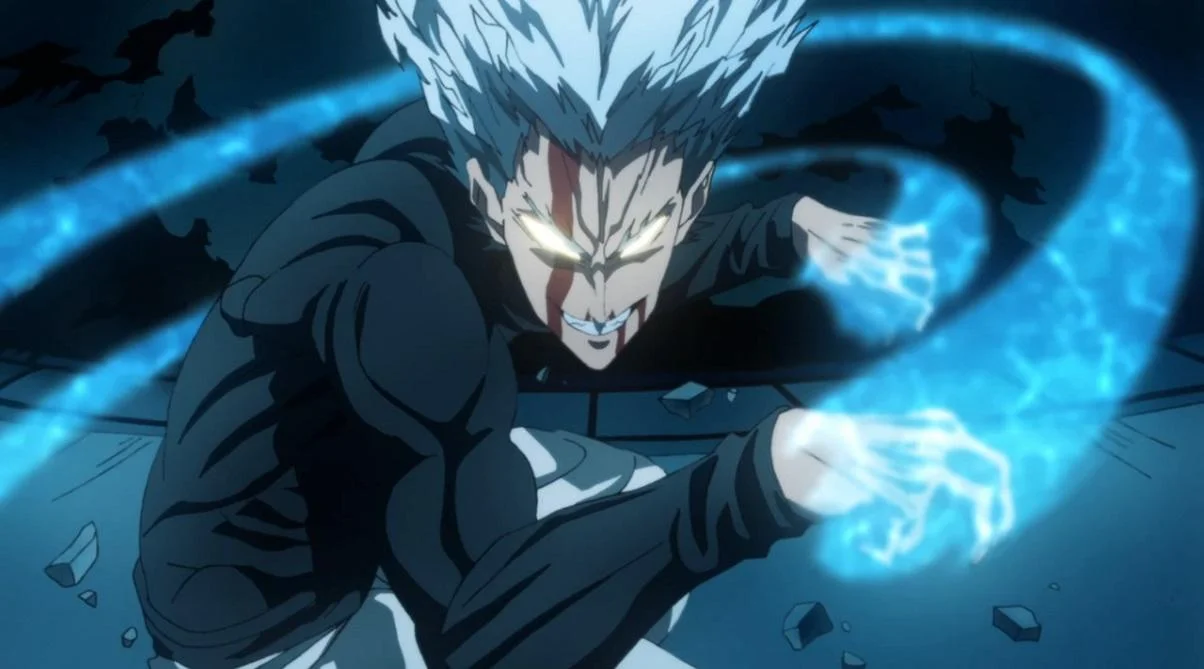
Yet, fueled by an indomitable spirit and a colossal ego, Garou refuses to surrender his ambitions, even if Saitama barely acknowledges his existence.
Fans intrigued by Garou’s character arc in season 2 can anticipate further growth and development in One-Punch Man season 3, promising a “cosmic” evolution that will enthrall audiences anew.
Muzan Kibutsuji
Muzan Kibutsuji from Demon Slayer undoubtedly exudes unparalleled swagger, setting him apart as one of anime’s most stylish villains. As a ruthless demon king who effortlessly combines sophistication with deadly prowess—utilizing his arms as lethal flesh whips—Muzan commands attention with every appearance.

What truly distinguishes him among Demon Slayer characters is his seemingly limitless power, showcased in his status as the first demon and his relentless pursuit of evil. In Demon Slayer season 3, viewers saw Muzan’s origin story, uncovering his dark past and unyielding malevolence.
As anticipation builds for Demon Slayer season 4, audiences can expect Muzan to continue his reign of terror, solidifying his status as a formidable and unforgettable antagonist.
Donquixote Doflamingo
Donquixote Doflamingo is a prime example of how a villain doesn’t have to be the final antagonist to leave a lasting impression in a series like One Piece.
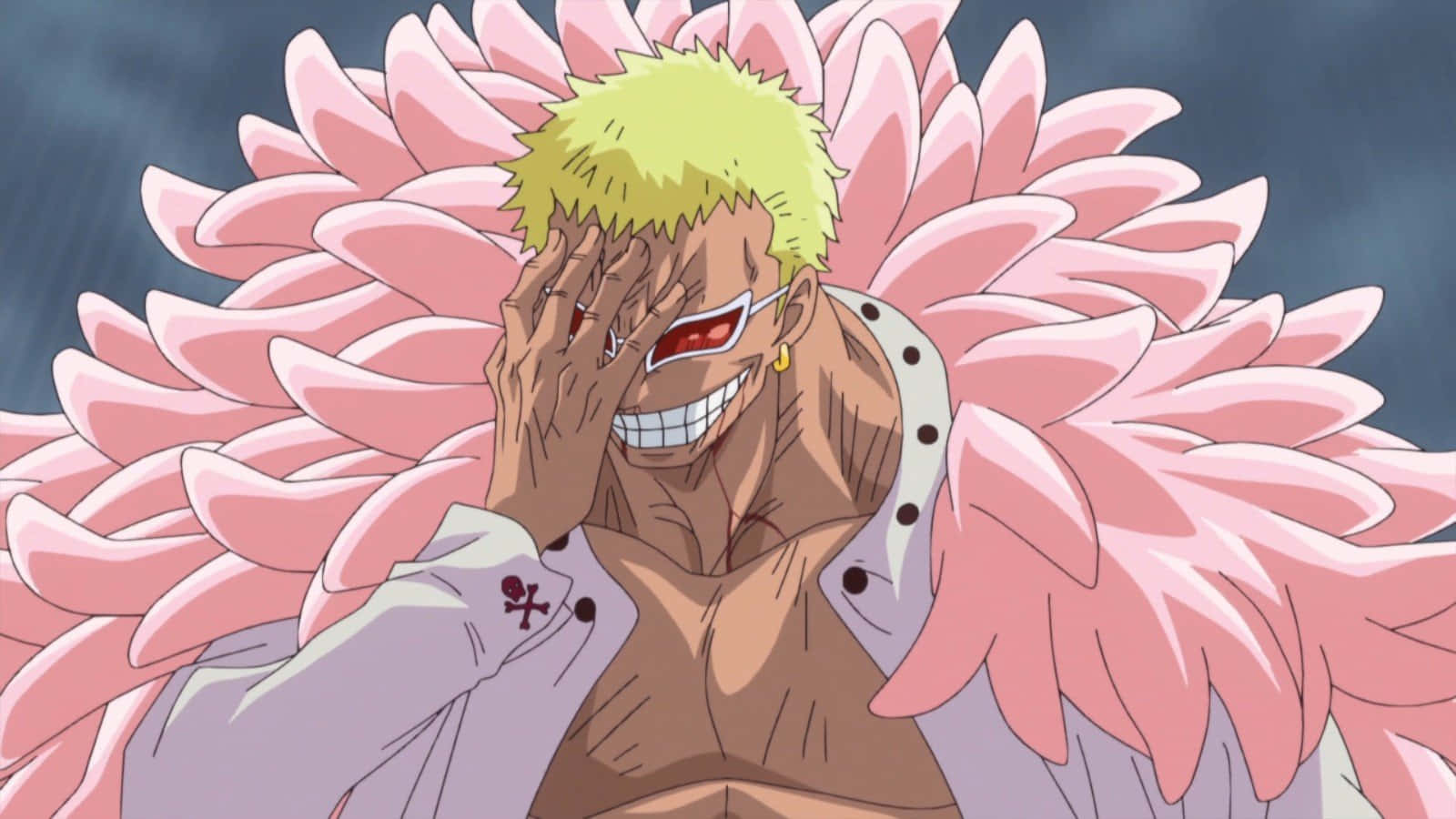
In stark contrast to the heroic nature of Luffy, Doflamingo embodies cruelty and callousness, never partaking in the simple pleasures like enjoying a good meal—something Luffy holds dear.
Armed with his String-String Fruit powers and impeccable sense of style, complete with mysterious shades, Doflamingo commands attention and stands out as one of the most memorable characters in One Piece.
Vicious
Cowboy Bebop isn’t just a groundbreaking anime; it’s also hailed as one of the greatest TV series of all time, thanks in part to its iconic villains like Vicious.
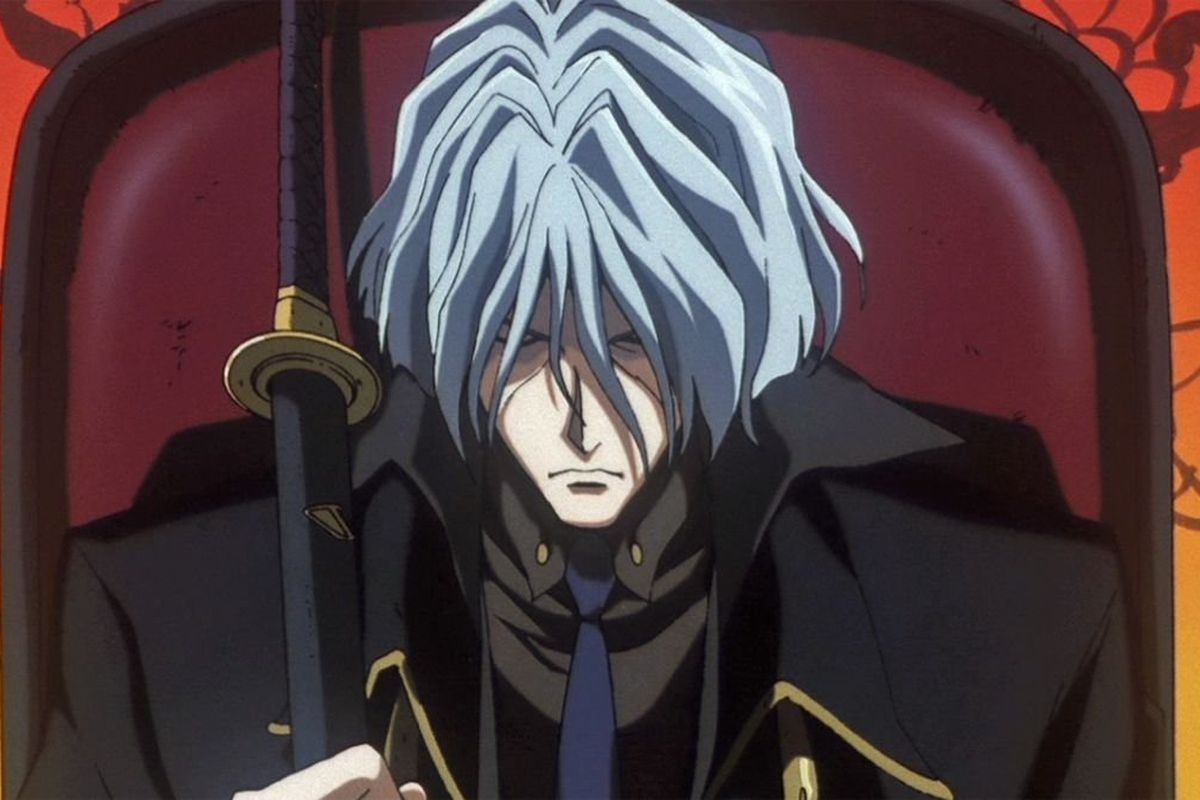
As the ruthless leader of the Red Dragon crime syndicate and a veteran of the brutal Titan war, Vicious is a cold-blooded and sadistic killer who brooks no disobedience from his subordinates.
His stark contrast with protagonist Spike Spiegel lies not only in their shared disdain and indifference towards other people but also in their moral codes. Vicious’s brilliance as a villain is undeniable, leaving an indelible mark on viewers until his eventual demise at Spike’s hands.
In the pantheon of great TV villains, Vicious stands tall as one of the most memorable and compelling adversaries in Cowboy Bebop’s illustrious legacy.
Gin Ichimaru
Gin’s arrival in Bleach as lieutenant of the 5th division under Aizen Sosuke immediately signaled his ambiguous nature. With his demeanor and mannerisms hinting at his true intentions, Gin’s allegiance became a subject of speculation.
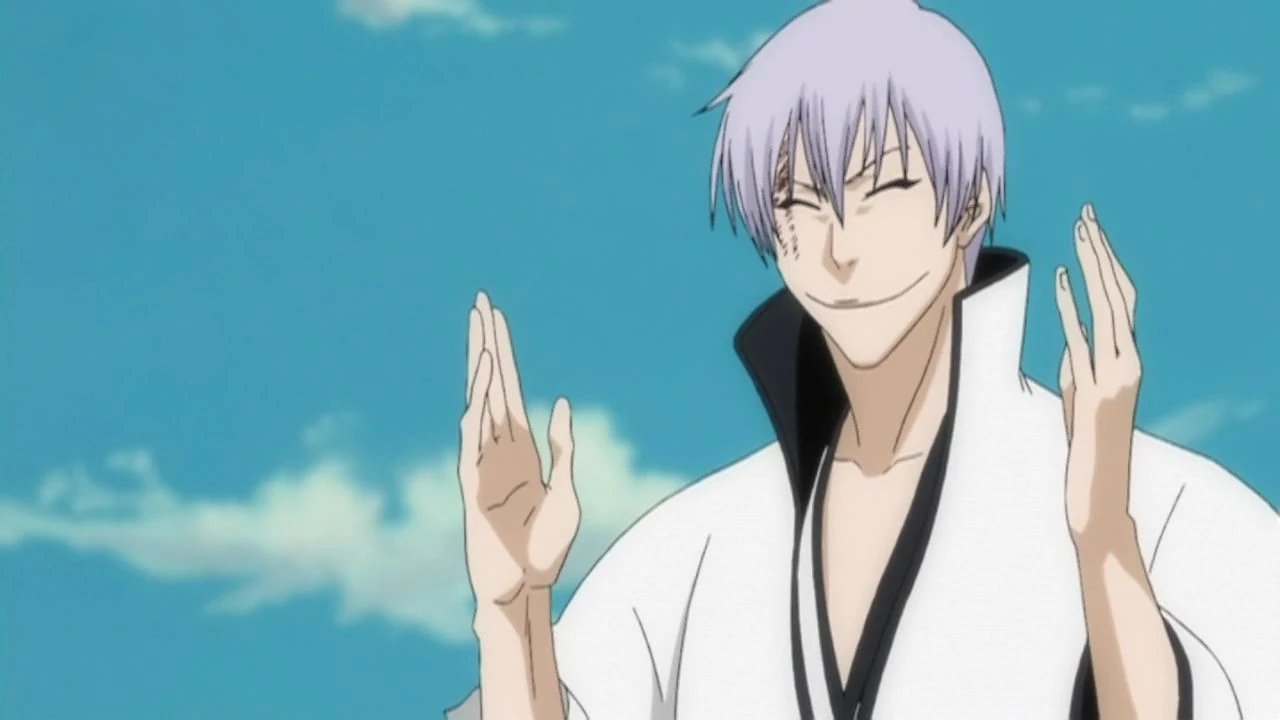
As the Soul Society arc unfolded, Gin’s betrayal alongside Aizen and Tosen confirmed his status as a villain, aligning himself with Aizen’s nefarious plans. However, as the series progressed, a surprising twist revealed Gin’s true motivations.
It was revealed that he had been playing the role of a villain all along, biding his time to get close to Aizen and ultimately deliver a fatal blow when the opportunity arose.
This revelation added layers to Gin’s character, showcasing his complexity and ultimately redeeming his earlier actions as part of a larger plan to thwart Aizen’s ambitions.
Lordgenome
Lordgenome’s portrayal in Gurren Lagann initially positions him as a formidable villain, wielding power and authority as the oppressive Spiral King. However, as the story unfolds, his character transcends conventional villainy, revealing a complexity that defies expectations.
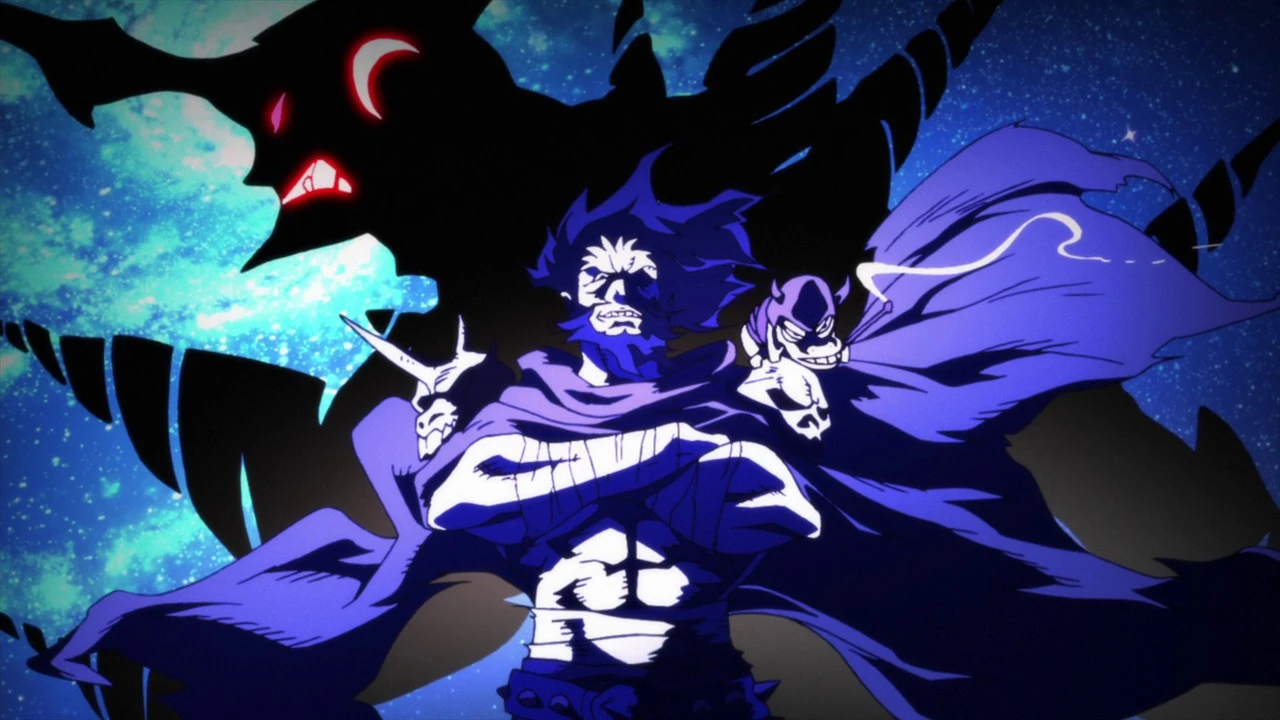
Motivated by a desire to protect humanity from impending calamity, Lordgenome’s actions are driven by a grim understanding of the dangers they face. In a surprising twist, he sacrifices his own reputation and authority, ultimately paving the way for the true heroes—Simon and his allies—to rise and challenge his oppressive rule.
Lordgenome’s transformation from antagonist to a tragic figure highlights the nuanced storytelling of Gurren Lagann, enriching the narrative with layers of moral ambiguity and redemption.
Joker
Joker in the Fire Force anime paints him as a psychotic villain, wielding formidable combat skills and an aura of menace. Yet, as the series unfolds, his true nature as an anti-hero seeking truth from the Holy Sol temple is revealed.

Scarred by a painful past, Joker remains steadfast in his quest for answers, ultimately aligning himself with Shinra and his comrades. His complex character, oscillating between villainy and heroism.
Zeke Yeager
Initially portrayed as a menacingly ruthless villain in Attack on Titan, Zeke Yeager piqued the fandom’s interest with his unique Titan transformation and mysterious abilities upon his introduction in season 2.
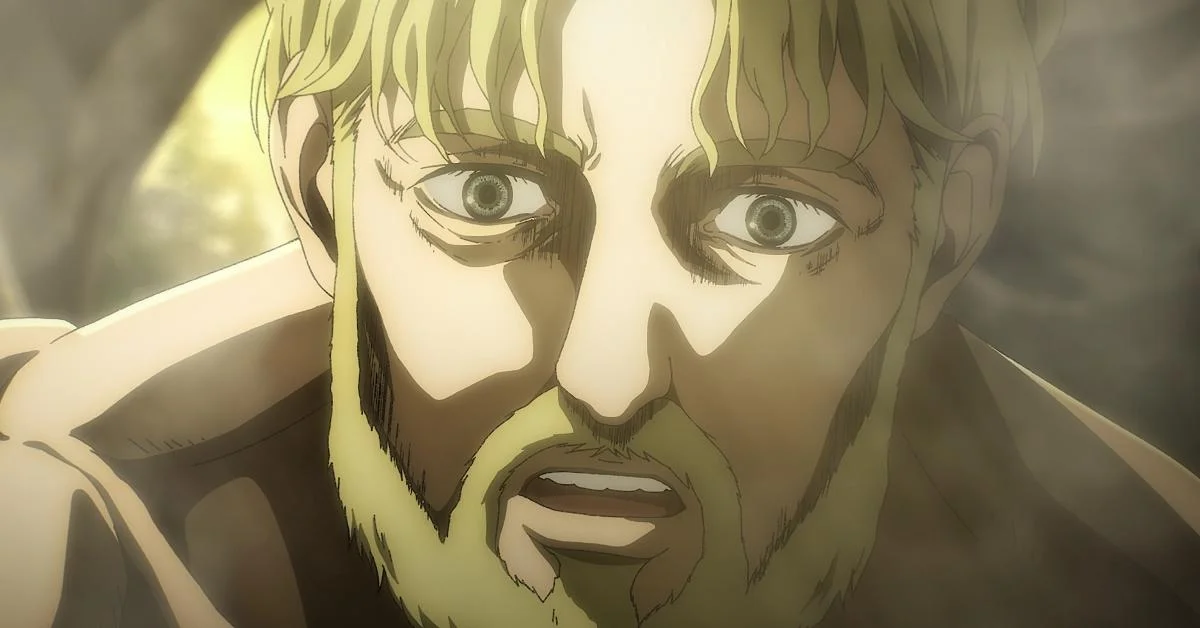
However, as the series heads into his backstory, Zeke’s character evolves into a complex figure shaped by a tragic and abusive childhood. Raised by parents consumed by revenge and freedom, Zeke’s traumatic upbringing leads him to betray them to Marleyan soldiers.
As an adult, driven by a quest for truth, Zeke studies Titans extensively and ultimately inherits the Beast Titan. His research culminates in the development of the Euthanization Plan, a controversial solution aimed at saving humanity from the cycle of suffering.
Estarossa
Estarossa, introduced in the second season of the Seven Deadly Sins anime as The Commandment of Love, stands out as a menacingly powerful supervillain capable of rendering opponents helpless with his overwhelming strength.
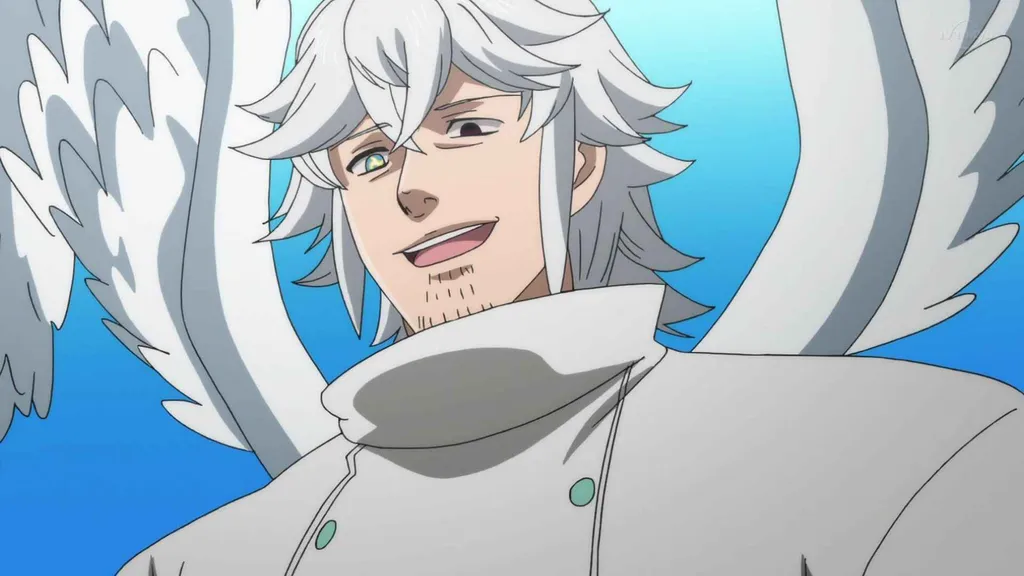
However, a startling twist in the story reveals that Estarossa is, in fact, Mael, the angel of death, manipulated by Gowther into assuming a false identity to maintain balance between angels and demons.
This revelation adds depth and complexity to Estarossa’s character, reshaping perceptions and heightening the intrigue of the Seven Deadly Sins narrative.
Uchiha Madara
Madara Uchiha is often revered as the ghost of the Uchiha clan. Upon his reincarnation, he swiftly brings the entire alliance to its knees, showcasing his unparalleled strength and strategic prowess.
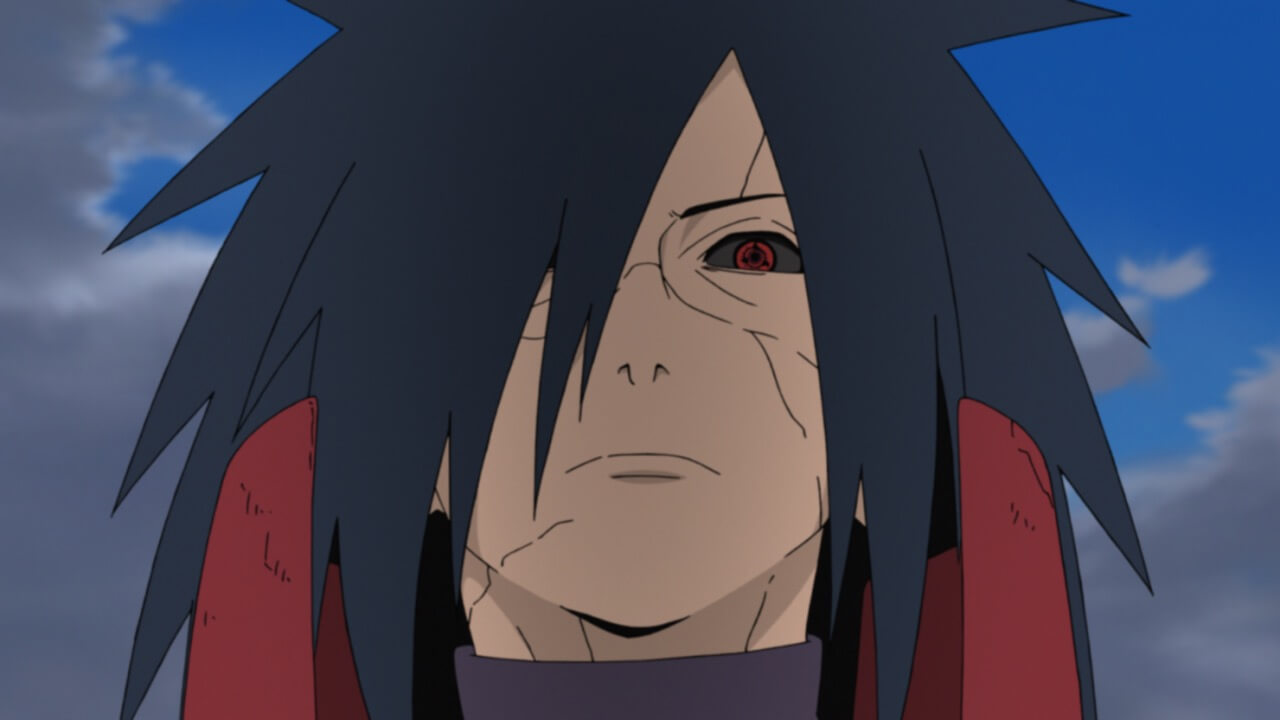
Despite facing formidable opponents like Naruto and Sasuke combined, Madara proves to be an insurmountable force, leading some to speculate if his strength surpasses even the author’s understanding.
As the founder of Konoha village and one of the strongest shinobi in history, Madara’s legacy looms large, leaving an indelible mark on the Naruto universe.
Ryomen Sukuna
Sukuna in Jujutsu Kaisen immediately charmed fans with his overwhelming confidence and aura of power. As the king of curses, he commands respect and instills fear in all who encounter him.
It took a generation of sorcerers to seal his formidable powers, highlighting the immense challenge he poses to anyone who dares to oppose him. Despite his astute nature and rational demeanor, Sukuna demonstrates no hesitation in unleashing his immense power when provoked.
Where few can match his strength, Sukuna emerges as a truly formidable figure, leaving an indelible mark on the story of Jujutsu Kaisen.
Ryo Asuka
In Devilman and its adaptations, Ryo Asuka begins as Akira’s trusted friend, orchestrating his transformation into Devilman by merging with the demon Amon. Despite initial intentions to undergo the fusion himself, Ryo abstains.
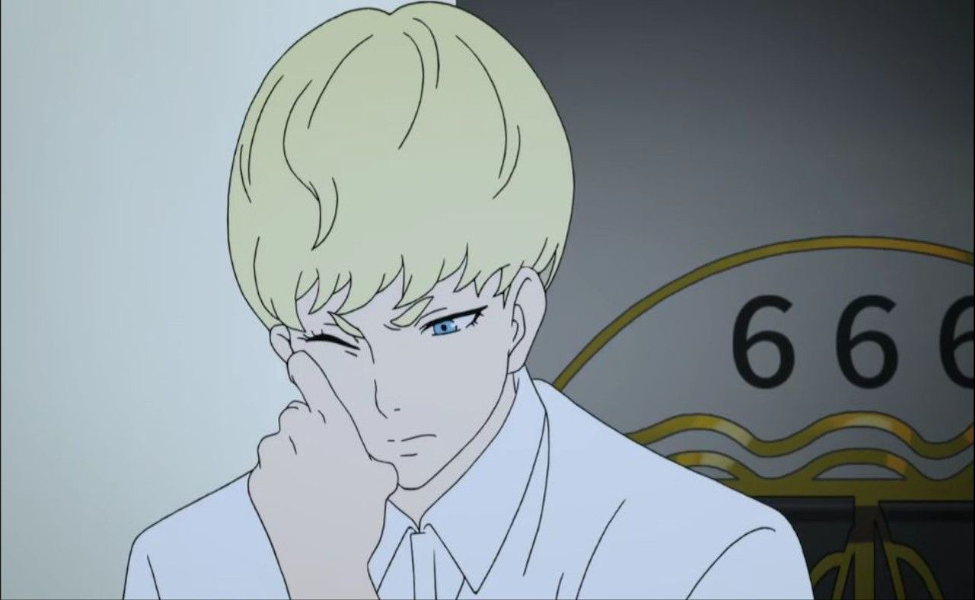
As the narrative unfolds, Ryo’s lack of empathy becomes evident as he resorts to extreme measures against perceived threats. Ultimately revealed as an amnesiac Satan, Ryo’s true goal is to incite a war against humanity, with his transformation into Devilman designed to ensure his survival as the last human.
Akito Sohma
In the manga and anime series Fruits Basket, Akito Sohma stands as the central antagonist, head of the Sohma family, and the object of affection for Shigure Sohma. Cursed by the God of the zodiac, she carries the weight of her family’s legacy.
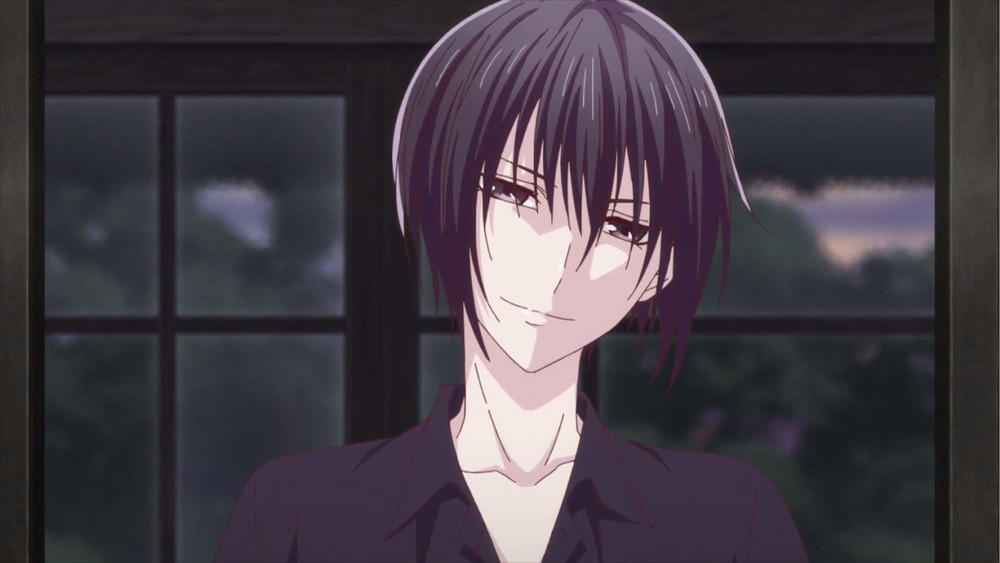
As the only daughter of Akira and Ren Sohma, Akito’s upbringing is marred by insecurity and misogyny. Her interactions with Kana, Tohru, Rin, and her own mother, Ren, reveal her deep-seated mistrust and lack of respect for other women.
However, beneath her harsh exterior lies a vulnerable soul, shaped by Ren’s hurtful treatment during her childhood. Even as an adult, Akito remains haunted by her mother’s words, struggling with her own insecurities and fears.
Dabi
Dabi, also known as Toya Todoroki, is a prominent antagonist in My Hero Academia, driven to villainy by his father Endeavor’s neglect. Affiliated with the League of Villains and later the Paranormal Liberation Front, Dabi shares Stain’s ideology, seeking to dismantle the hero society he views as hypocritical.
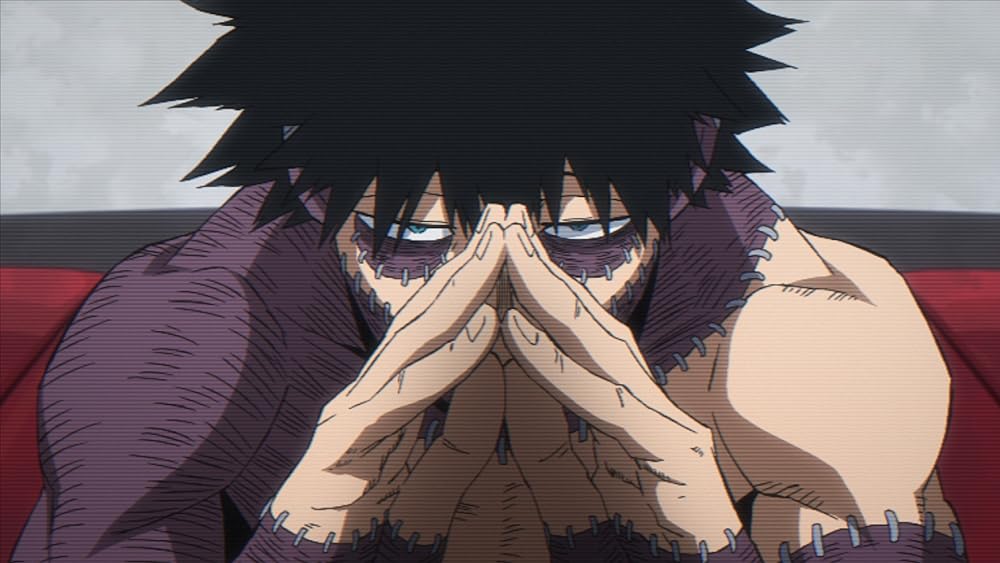
Stoic yet fueled by a desire for revenge, Dabi challenges the notion of true heroism, advocating for societal destruction rather than reform.
Soo Won
Soo-Won, the current king of Kouka Kingdom in the manga and anime series Akatsuki no Yona, is driven by determination and ambition. Son of General Yu-Hon and Lady Yong-Hi, he is Princess Yona’s cousin and childhood friend of Hak.
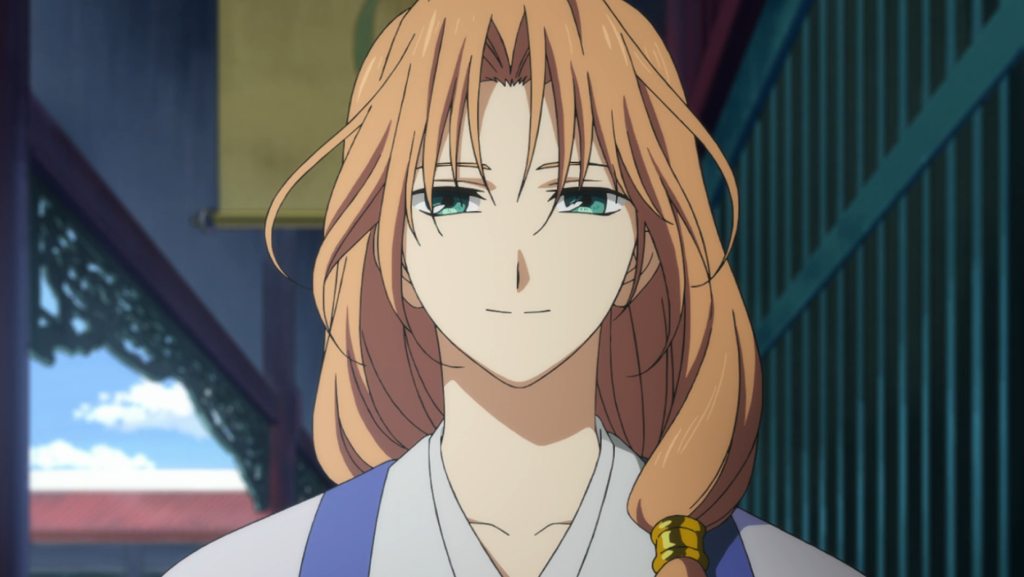
He ascends to the throne by murdering his uncle, Emperor Il, to avenge his father’s alleged murder. Rejecting divine will like his father, Soo-Won focuses on harnessing “the power of the people” to restore Kouka into a great nation and defend it against foreign threats, notably the Kai Empire.
His profound love and pride for Kouka drive his relentless pursuit of its prosperity and protection.
Shigaraki Tomura
In My Hero Academia, Tomura Shigaraki emerges as the central antagonist and leader of the League of Villains, a formidable organization bent on the destruction of hero society. Despite not being inherently evil from birth, Shigaraki’s circumstances and upbringing propel him down a dark path.
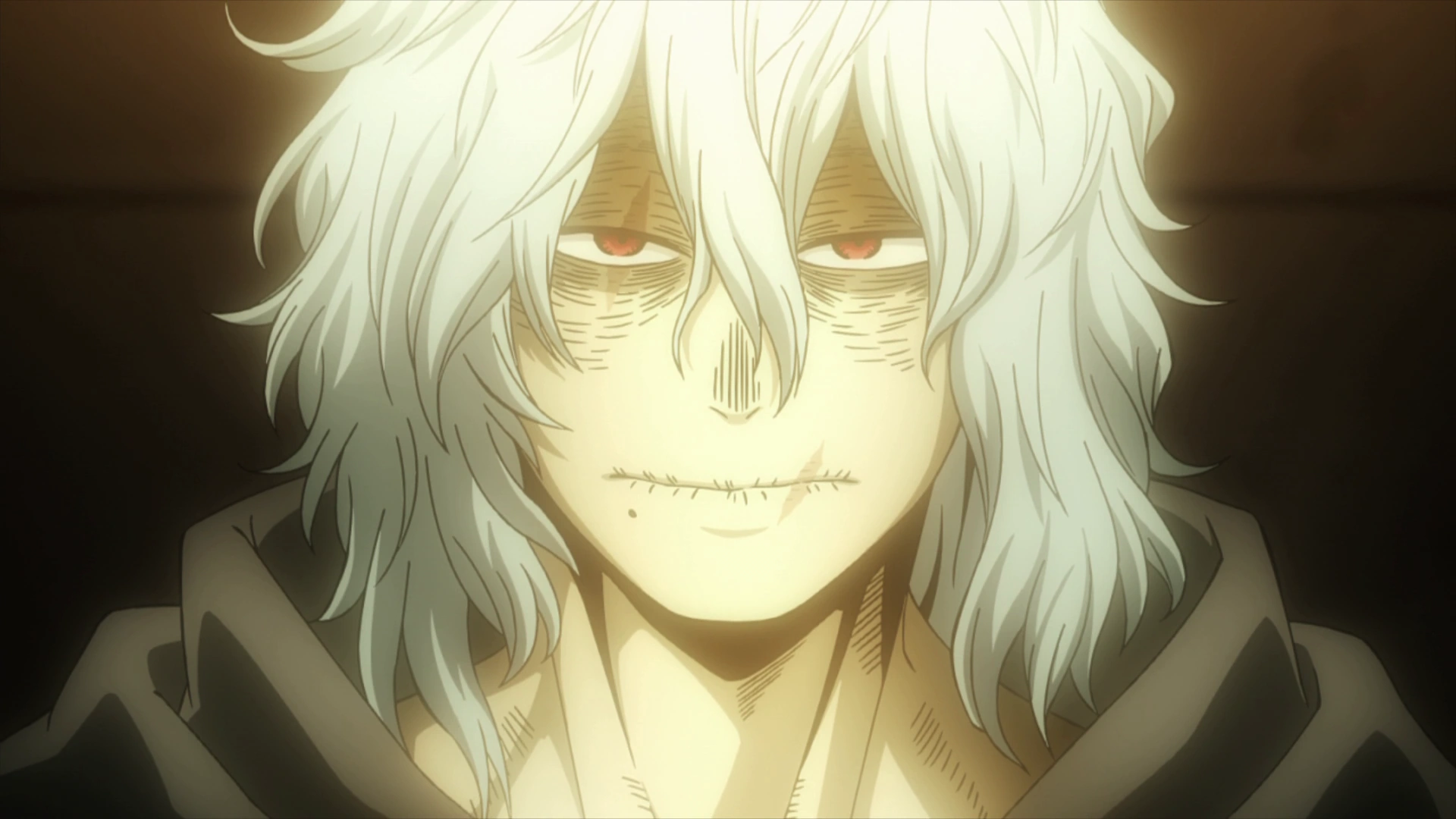
While his backstory evokes sympathy, his actions speak volumes as he remorselessly kills innocent civilians and seeks to bring society to ruin. As a leader, Shigaraki’s strength and animosity towards heroes surpass many other villains, solidifying his status as a formidable adversary in the series.
Meme of the Day
Kanojo ga Mimai ni Konai Wake
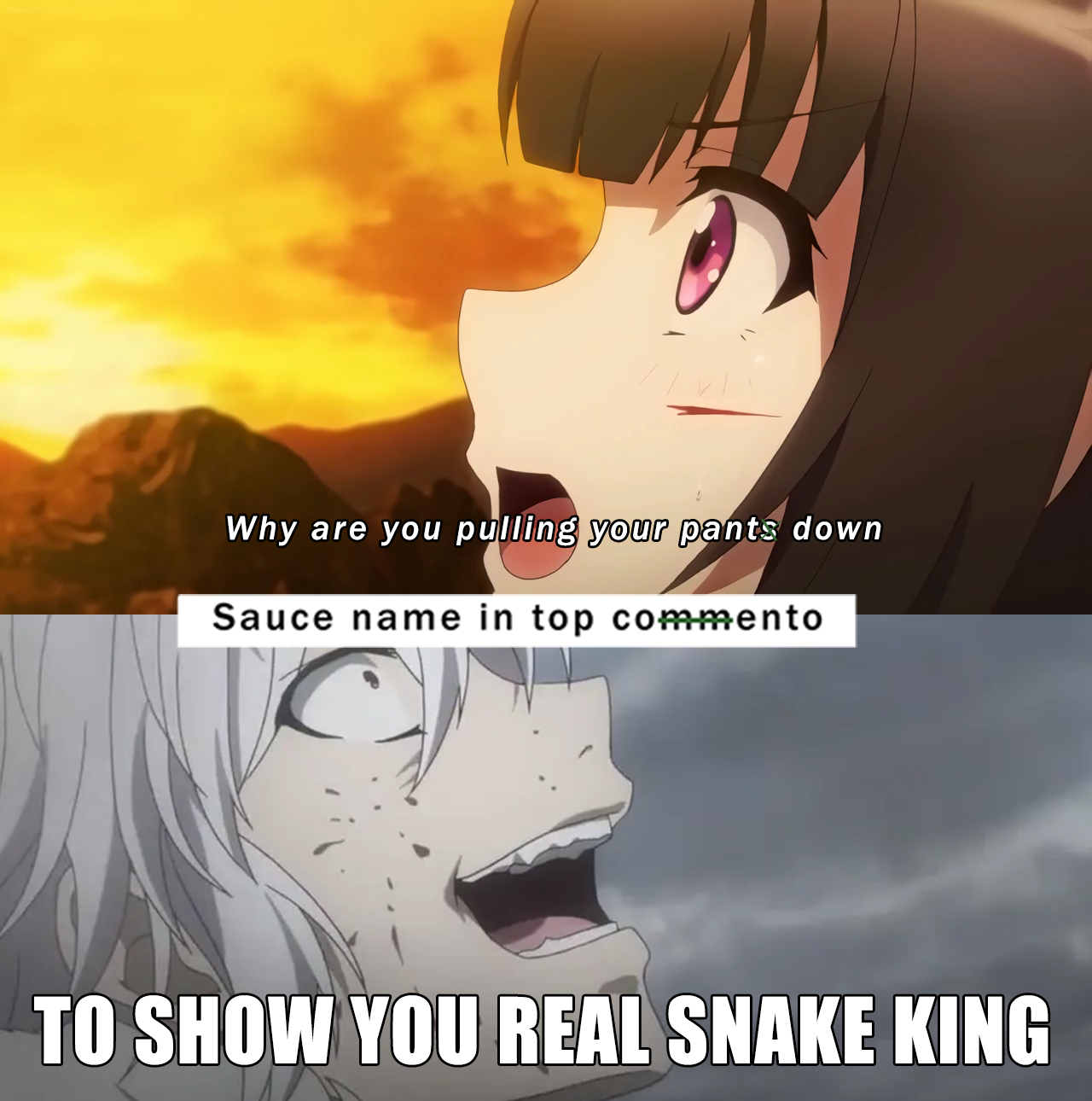
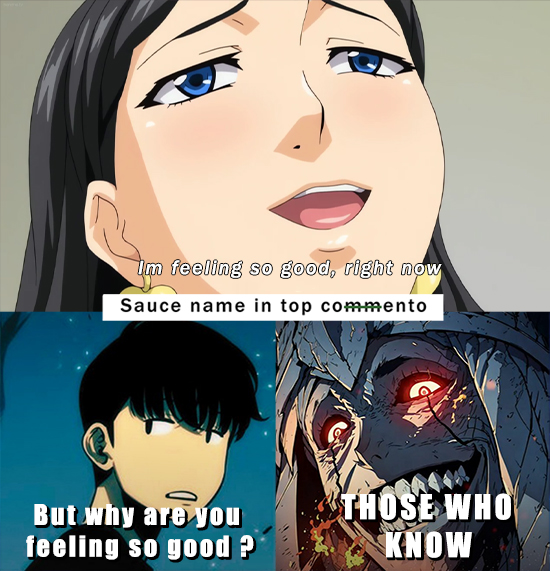
Pool by NeitherArt
If you can’t find it directly, you can find it on our X (Twitter) here.

Hot Ice Cream
This one can be found by searching Pixiv 117114887 on Google.

FUKUSHUU SAIMIN
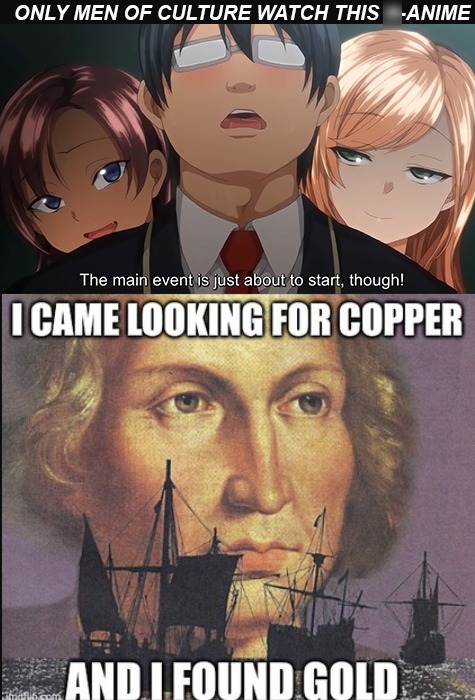
Sauce: 419799
Omamori | Charm [Iwasaki Yuuki]
 Sauce: 397338
Sauce: 397338
InCha datte Gal to Yaritai! ~Kyokon Appeal o Ganbatta Kekka [Misaoka]
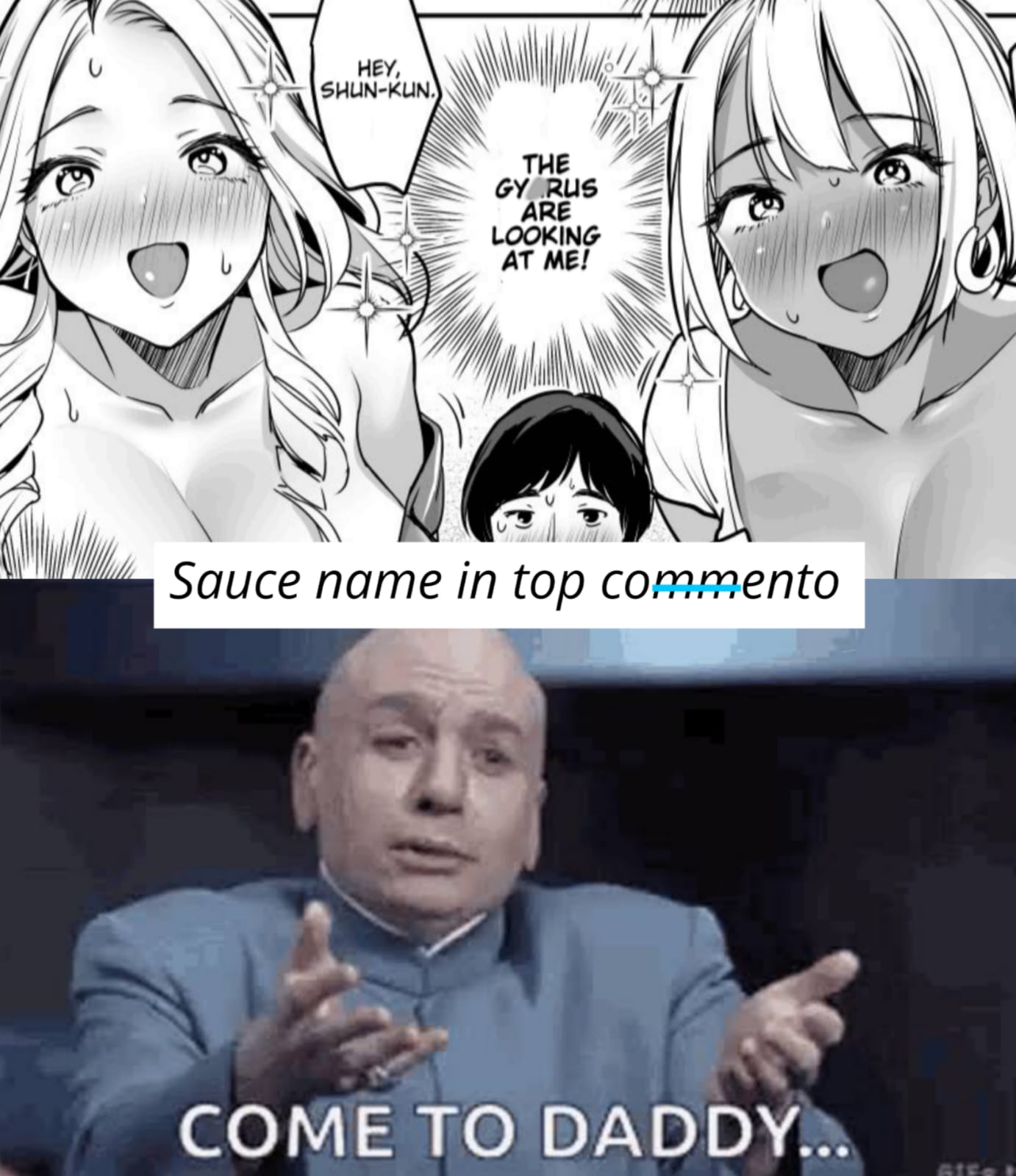
Sauce: 406769
Bokura no Ryoubo-san – Zenpen | Our Housemother [Sakura no Tomoru Hi e]
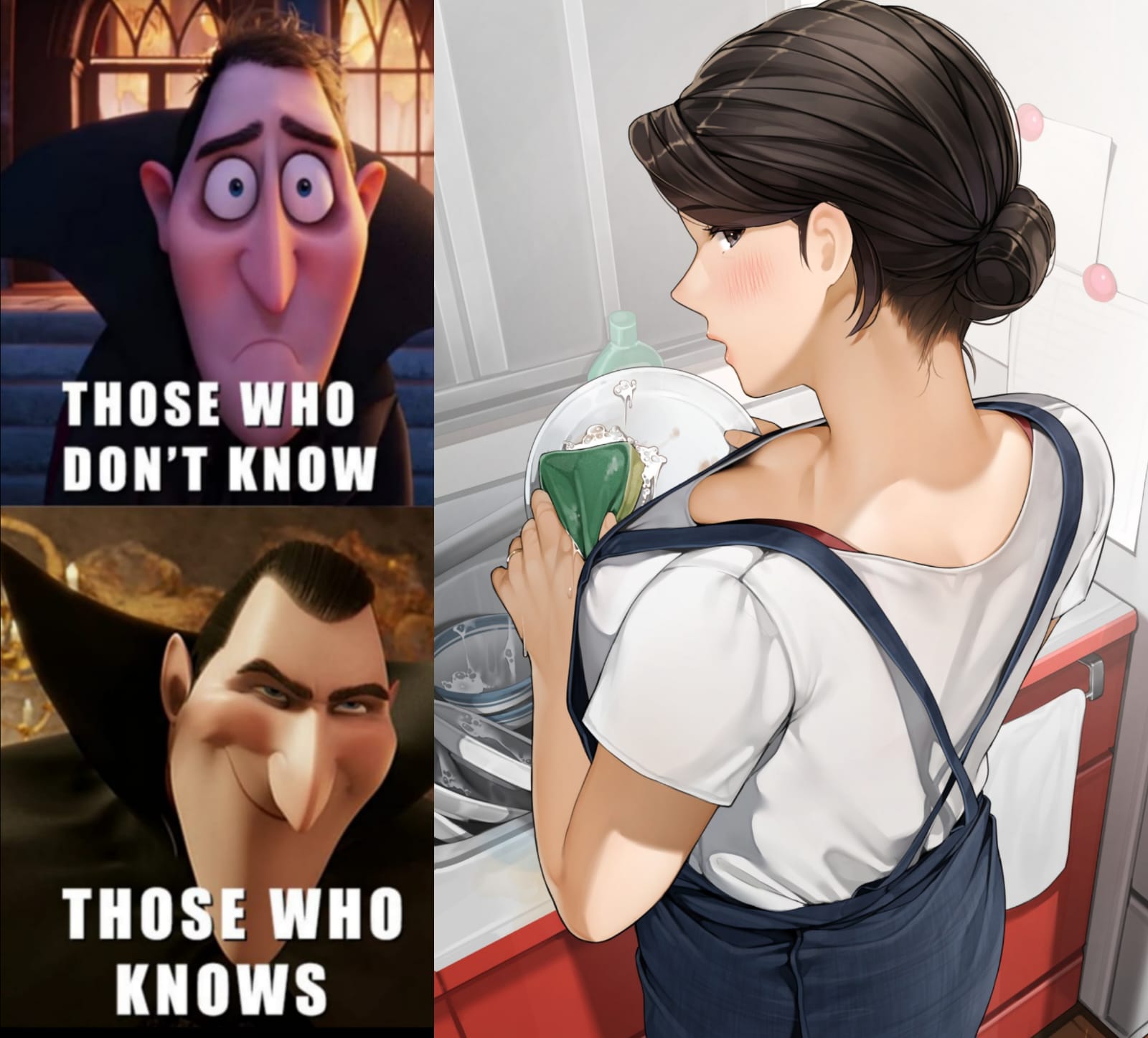
The Annoying Aunt and Her Sadistic Nephew
